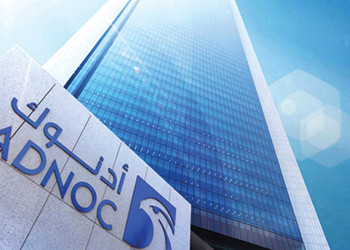
Demand for liquefied natural gas (LNG) as a conventional source of energy in the maritime industry will continue to grow because of its technological advantages in meeting the standards and requirements in limiting the emissions of sulphur, a greenhouse gas, said an expert.
According to marine fuel expert Sergey Ivanov, the global sulphur cap of 0.50 per cent which is set to be implemented by the International Maritime Organization (IMO) next year could drive the global uptake on LNG as bunker fuel.
The new regulation will have an impact on up to 70,000 ships around the world once it comes into effect on January 1, 2020. Shipping companies are expected to turn to cleaner fuels to meet their targets and global environmental commitments.
Ivanov, director of Marine Bunker Exchange AB, will highlight the several advantages of LNG as a marine fuel at the upcoming Seatrade ShipTech Middle East which will be held on September 23 and 24, at the Madinat Jumeirah in Dubai.
He noted LNG’s availability and competitiveness have the potential to lead as a major alternative to other heavy fuels once the new environmental regulation on maritime emissions is in place.
He emphasised: "While different technologies can be used to comply with air emission limits, LNG technology is the only option that can meet existing and upcoming requirements for the main types of emissions such as sulphur, nitrogen oxides, particulate matter, and carbon dioxide. LNG can compete price-wise with distillate fuels and, unlike other solutions, in many cases does not require the installation of additional process technology."
Studies have shown that there is already a rising demand for LNG with more than 10 per cent of the world’s fleet to be powered by natural gas. The Middle East is one of the major sources of LNG, accounting for 94 million tonnes or about 30 per cent of the world’s supply coming from the region in 2018, with the UAE and Oman among the leading exporters.










































































